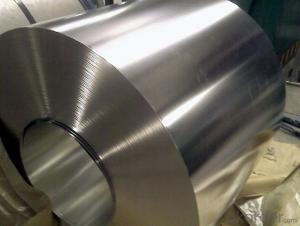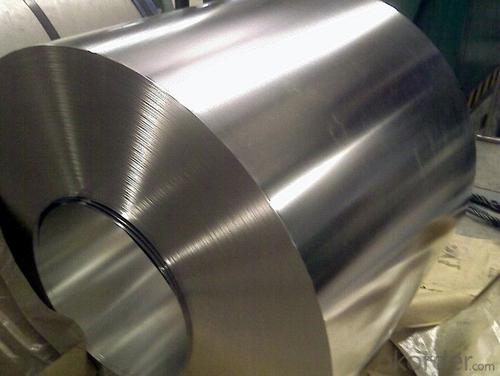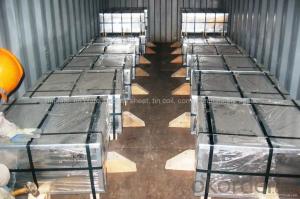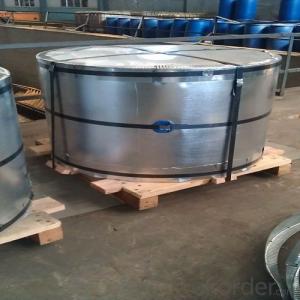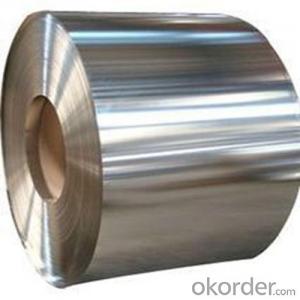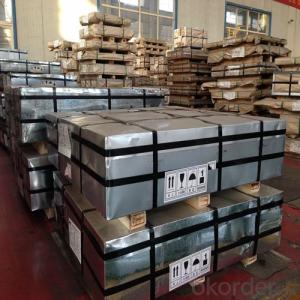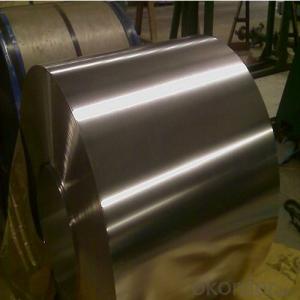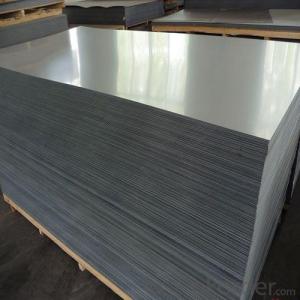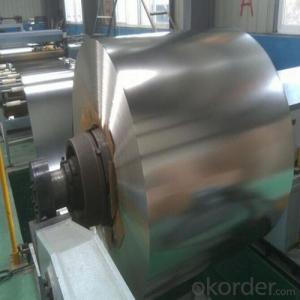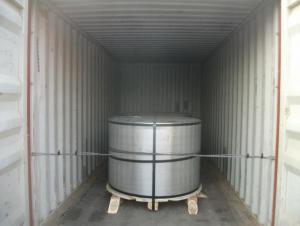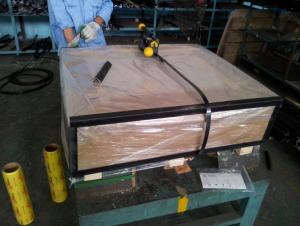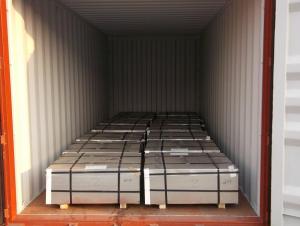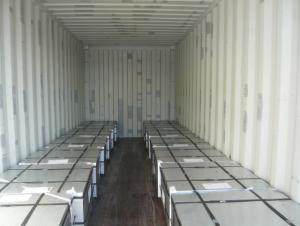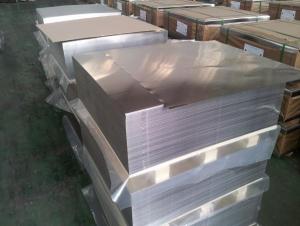Prime Electrical Prime ETP Tinplate for Metal Packaging
- Loading Port:
- Tianjin
- Payment Terms:
- TT OR LC
- Min Order Qty:
- 25 m.t.
- Supply Capability:
- 7000 m.t./month
OKorder Service Pledge
OKorder Financial Service
You Might Also Like
1.Structure of Prime Electrical Prime ETP Tinplate for Metal Packaging Description
Electrolytic Tin Plate Coils and Sheets for Foods Metal Packaging, is one thin steel sheet with a coating of tin applied by electrolytic deposition. Tinplate made by this process is essentially a sandwich in which the central core is strip steel. This core is cleaned in a pickling solution and then fed through tanks containing electrolyte, where tin is deposited on both sides. As the strip passes between high-frequency electric induction coils, it is heated so that the tin coating melts and flows to form a lustrous coat.
2.Main Features of the Prime Electrical Prime ETP Tinplate for Metal Packaging
Appearance – Electrolytic Tin Plate is characterized by its beautiful metallic luster. Products with various kinds of surface roughness are produced by selecting the surface finish of the substrate steel sheet.
Paintability and printability – Electrolytic Tin Plates have excellent paintability and printability. Printing is beautifully finished using various lacquers and inks.
Formability and strength – Electrolytic Tin Plates have got very good formability and strength. By selecting a proper temper grade, appropriate formability is obtained for different applications as well as the required strength after forming.
Corrosion resistance – Tinplate has got good corrosion resistance. By selecting a proper coating weight, appropriate corrosion resistance is obtained against container contents. Coated items should meet 24 hour 5 % salt spray requirement.
Solderability and weldability – Electrolytic Tin Plates can be joined both by soldering or welding. These properties of tinplate are used for making various types of cans.
Hygienic – Tin coating provides good and non toxic barrier properties to protect food products from impurities, bacteria, moisture, light and odours.
Safe – Tinplate being low weight and high strength makes food cans easy to ship and transport.
Eco friendly – Tinplate offers 100 % recyclability.
Tin is not good for low temperature applications since it changes structure and loses adhesion when exposed to temperatures below – 40 deg C.
3.Prime Electrical Prime ETP Tinplate for Metal Packaging Images
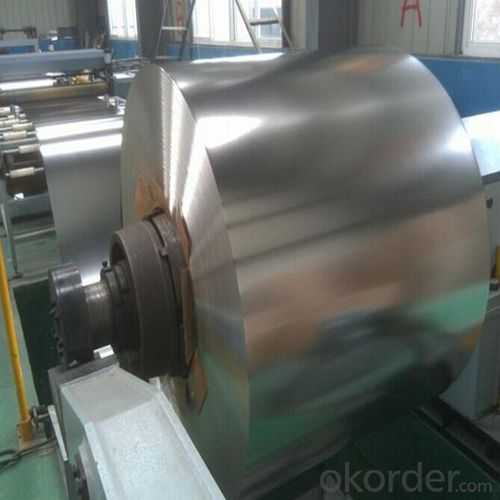
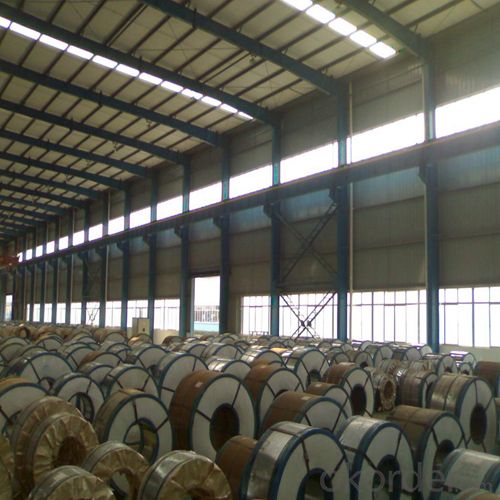
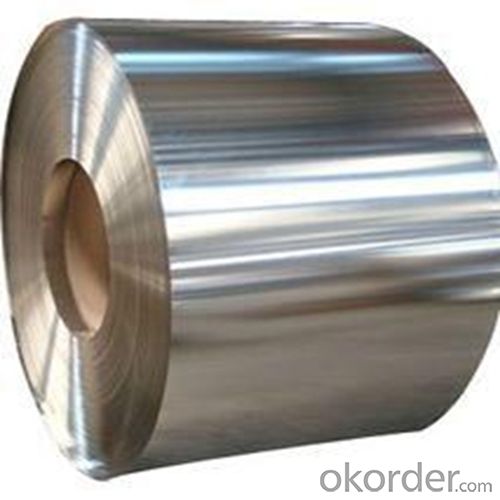
4.Prime Electrical Prime ETP Tinplate for Metal Packaging Specification
Standard | ISO 11949 -1995, GB/T2520-2000,JIS G3303,ASTM A623, BS EN 10202
|
Material | MR,SPCC |
Thickness | 0.15mm - 0.50mm |
Width | 600mm -1150mm |
Temper | T1-T5 |
Annealing | BA & CA |
Coil Inner Diameter | 508mm |
Weight | 6-10 tons/coil 1~1.7 tons/sheets bundle |
Passivation | 311 |
Oil | DOS |
Surface | Finish,bright,stone,matte,silver |
5.FAQ of Prime Electrical Prime ETP Tinplate for Metal Packaging
- How are the Electrolytic Tin Plates specified?
The Electrolytic Tin Plates are specified as per the steel base, extent of tempering, the coating weight, annealing method and the surface finish.
- How many types there are for base steels?
The base steels are of three types: Type MR, L, D
- Q: What are the main applications of tinplate?
- Tinplate is mainly used in the packaging industry for making cans, containers, and other metal packaging products. It provides excellent protection against corrosion, making it suitable for storing and preserving food, beverages, chemicals, and other perishable goods. Additionally, tinplate is also used in the manufacturing of aerosol cans, decorative items, and various other household products.
- Q: What are the factors that affect the price of tinplate?
- The factors that affect the price of tinplate include the cost of raw materials such as tin and steel, supply and demand dynamics in the market, production and manufacturing costs, currency exchange rates, trade policies, and economic factors such as inflation and global economic conditions.
- Q: What are the main competitors of tinplate in the packaging industry?
- The main competitors of tinplate in the packaging industry include aluminum, plastic, and glass.
- Q: Tin cans and tin cans, which is good?
- I think this question is not asked to tin tin, chrome tin and galvanized tin which is the best? Of course, the best is galvanized iron. The second is the tin tin, followed by chrome tin, iron box is made finally.
- Q: What is tinplate?
- Tinplate refers to thin sheets of steel that have been coated with a layer of tin. It is primarily used in the packaging industry for manufacturing cans and containers due to its corrosion resistance and ability to preserve the quality of food and beverages.
- Q: How does tinplate contribute to the convenience of pet care products?
- Tinplate contributes to the convenience of pet care products by providing a durable and lightweight packaging option that helps preserve the quality and freshness of the products. It is also easily recyclable, ensuring sustainability while offering a convenient solution for pet owners.
- Q: Can tinplate packaging be used for pet care products?
- Yes, tinplate packaging can be used for pet care products. Tinplate is a durable and versatile material that can provide excellent protection for various products, including pet care items such as food, treats, and grooming products. It offers airtight and moisture-resistant properties, ensuring the freshness and quality of the contents. Additionally, tinplate packaging can be designed with visually appealing graphics, enhancing the overall presentation and shelf appeal of pet care products.
- Q: What are the main applications of tinplate in the automotive industry?
- Tinplate is primarily used in the automotive industry for various applications such as fuel tanks, oil filters, exhaust systems, and engine components. Its corrosion-resistant properties, along with its ability to withstand high temperatures, make it an ideal choice for these critical automotive parts. Additionally, tinplate's formability and ability to be easily welded and coated further contribute to its widespread use in the automotive sector.
- Q: Can tinplate packaging be used for stationery products?
- Yes, tinplate packaging can be used for stationery products. Tinplate packaging is durable, lightweight, and offers protection against moisture, making it an ideal choice for storing and packaging various stationery items such as pens, pencils, erasers, and other small office supplies. Additionally, tinplate packaging can be customized with attractive designs and branding, making it visually appealing for consumers.
- Q: Can tinplate be used for packaging beauty and skincare products?
- Yes, tinplate can be used for packaging beauty and skincare products. Tinplate is a commonly used material in the packaging industry due to its durability, corrosion resistance, and ability to protect products from external factors. It is also easily customizable, allowing for attractive and eye-catching designs that can enhance the appeal of beauty and skincare products.
Send your message to us
Prime Electrical Prime ETP Tinplate for Metal Packaging
- Loading Port:
- Tianjin
- Payment Terms:
- TT OR LC
- Min Order Qty:
- 25 m.t.
- Supply Capability:
- 7000 m.t./month
OKorder Service Pledge
OKorder Financial Service
Similar products
Hot products
Hot Searches
Related keywords
